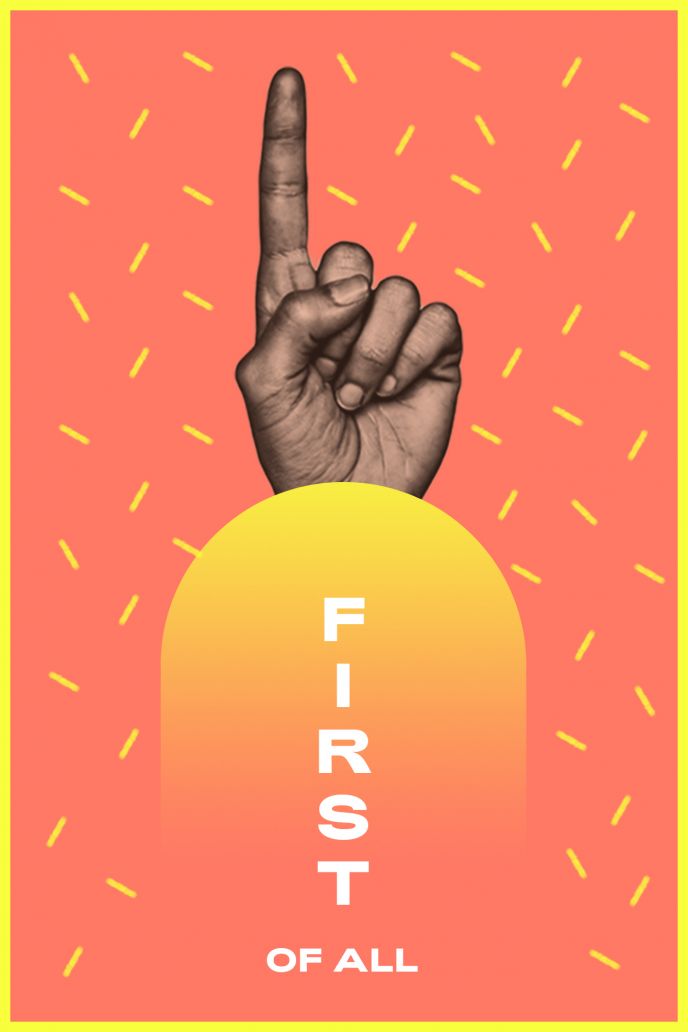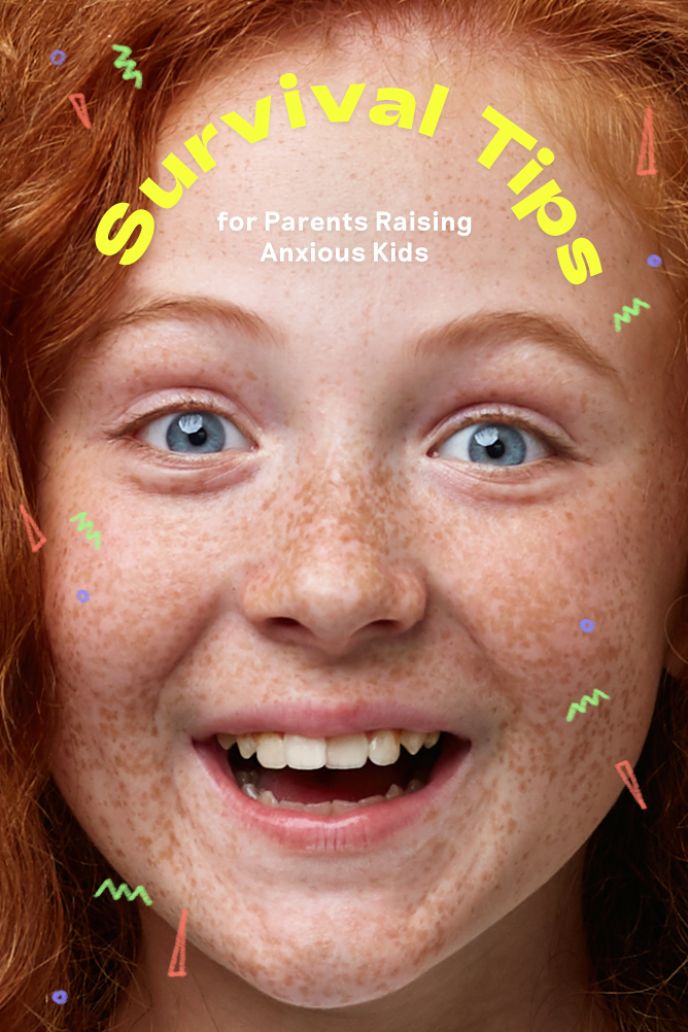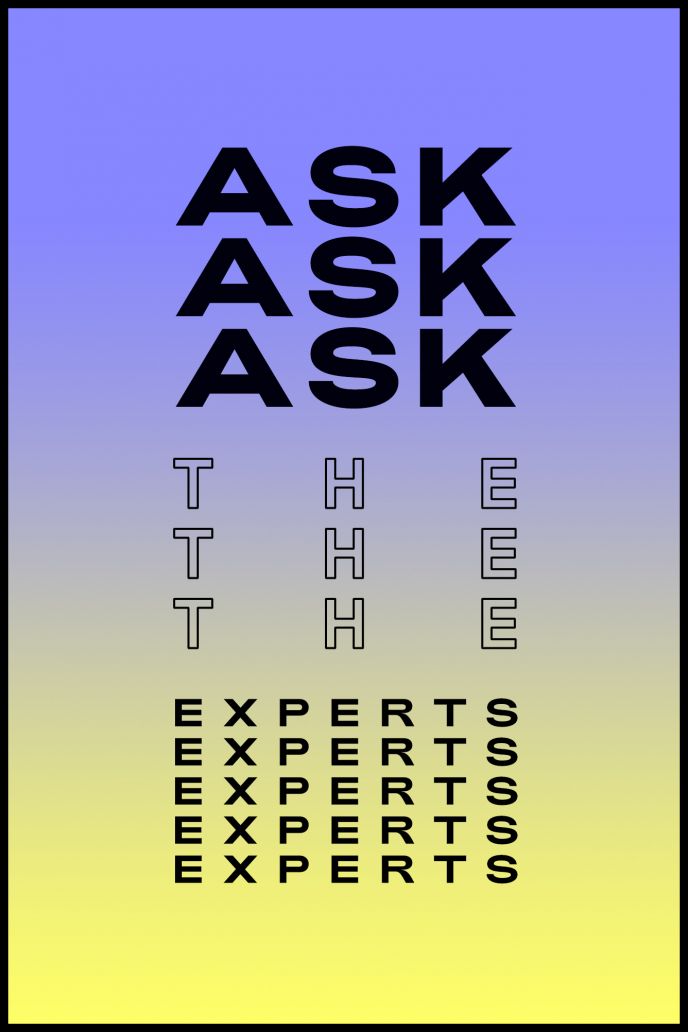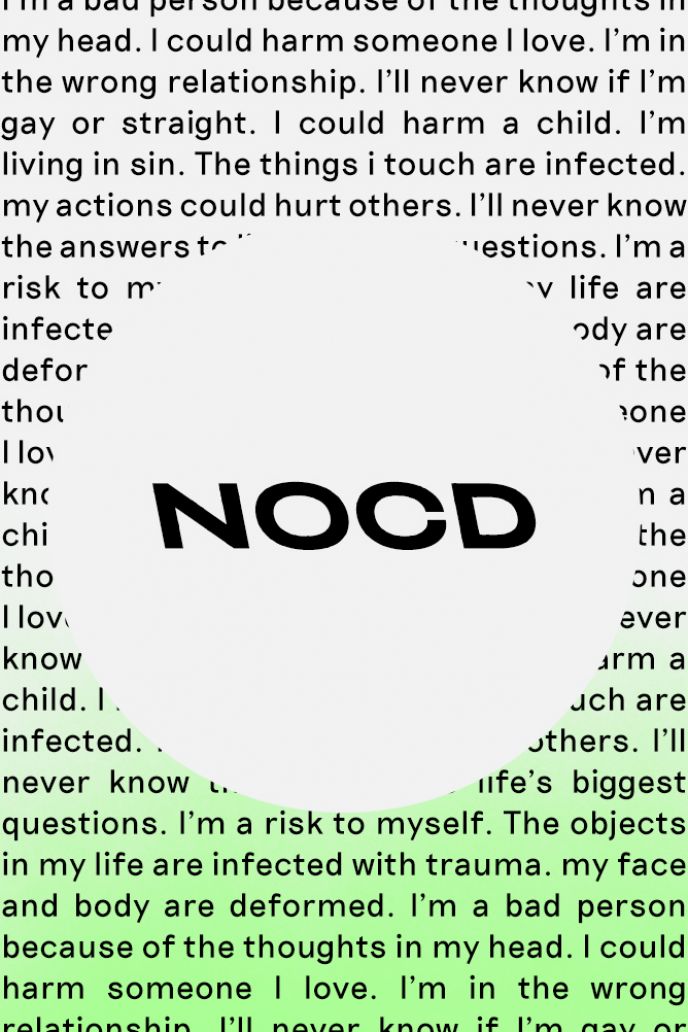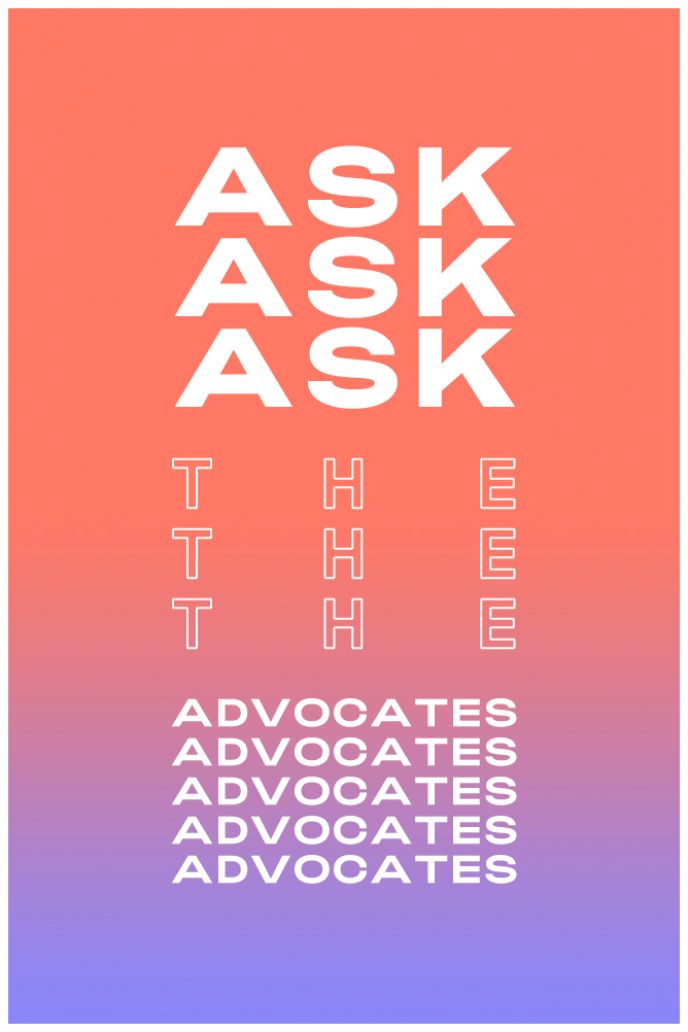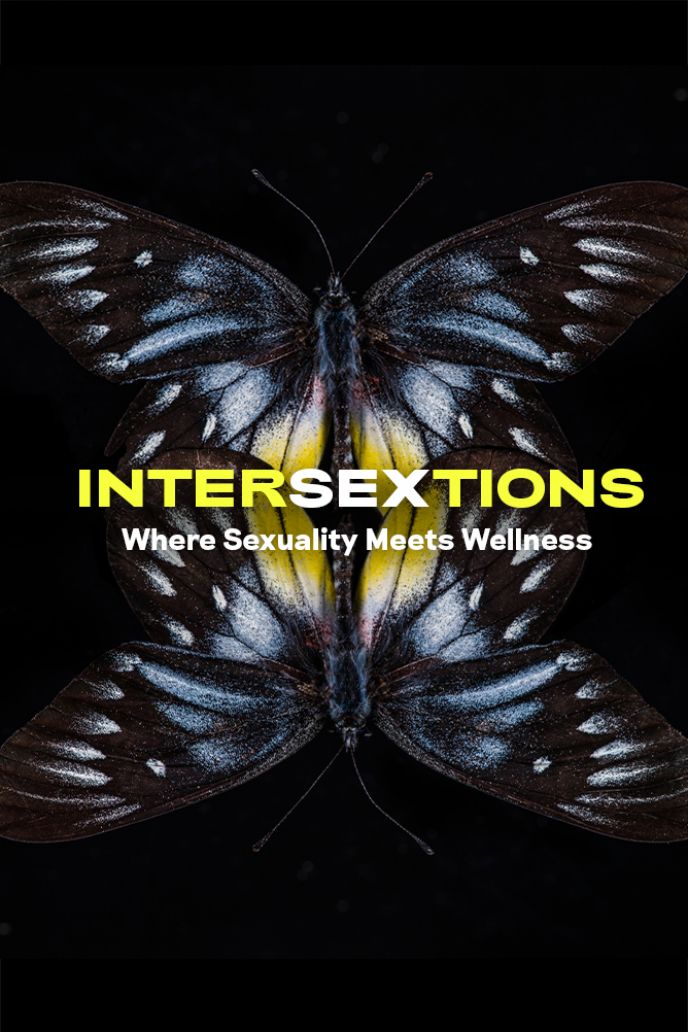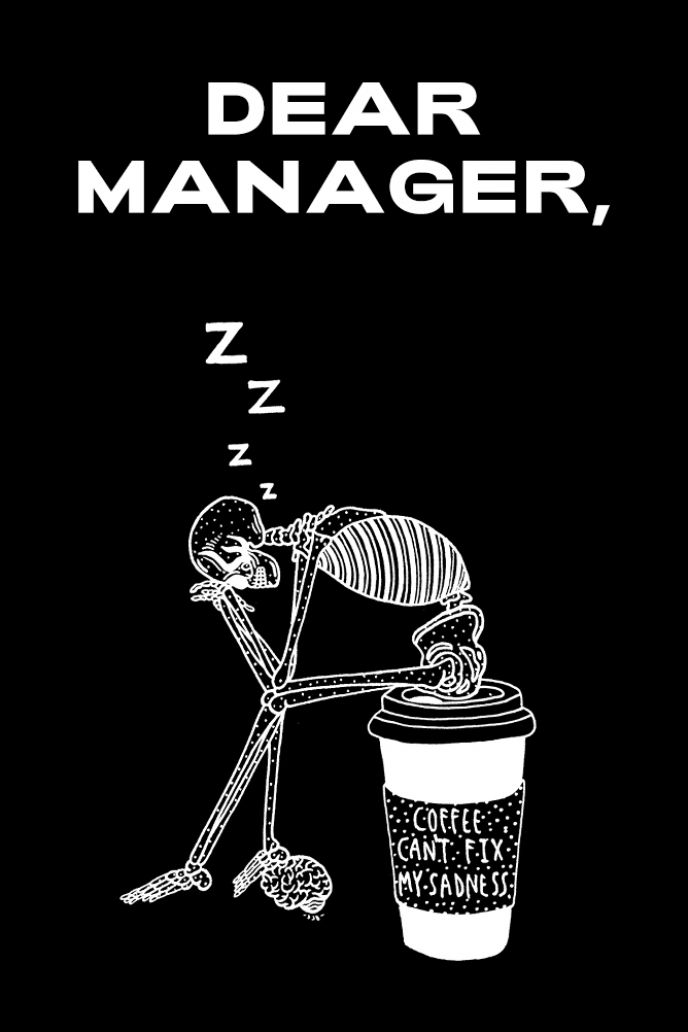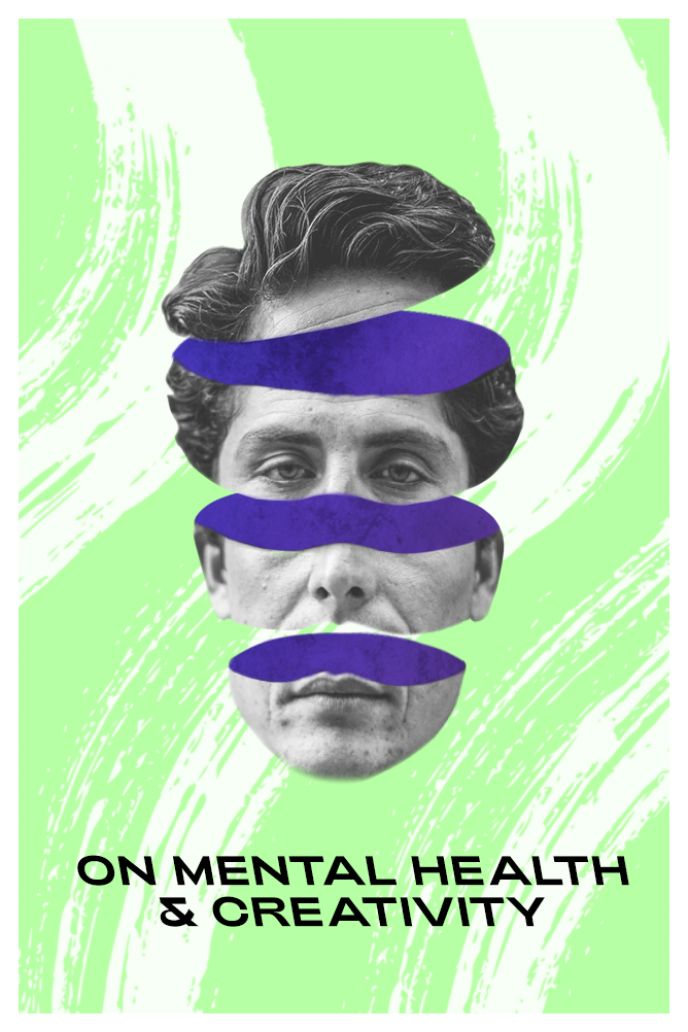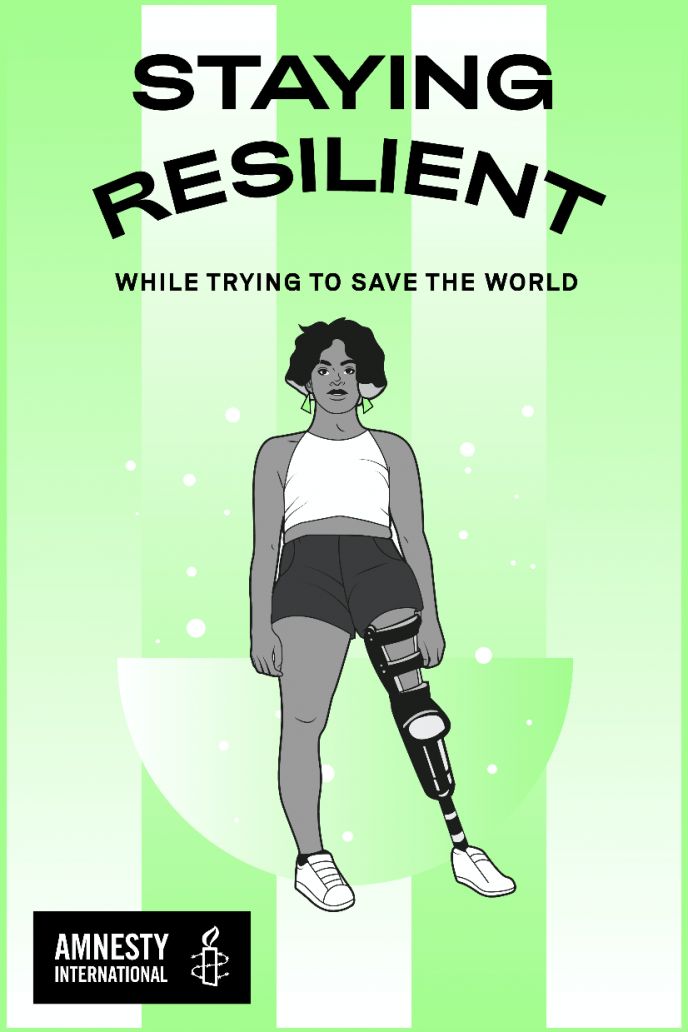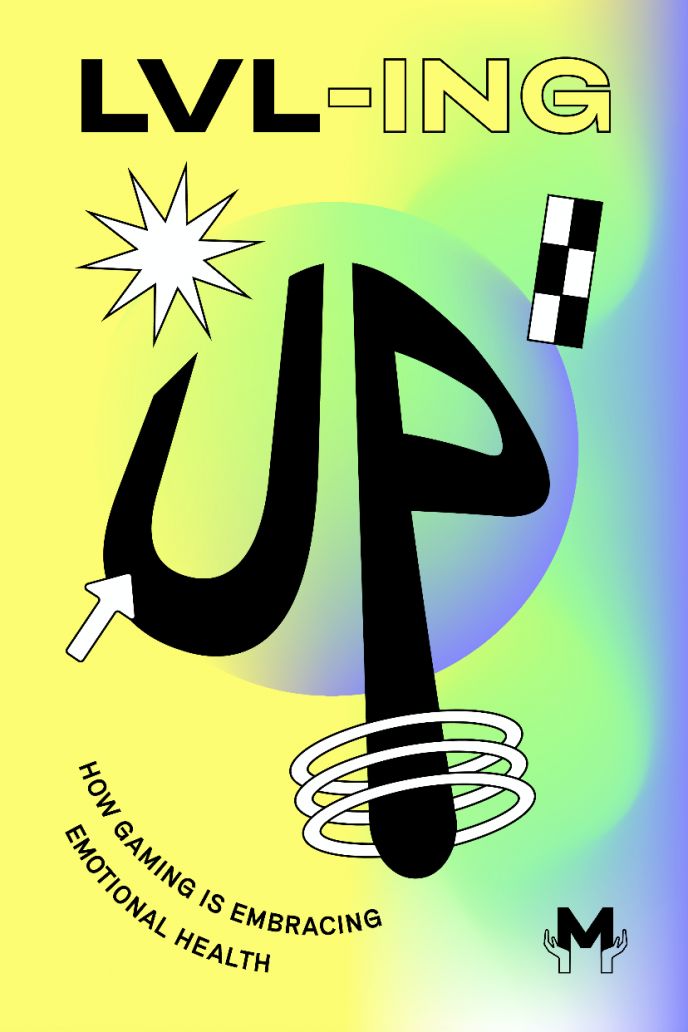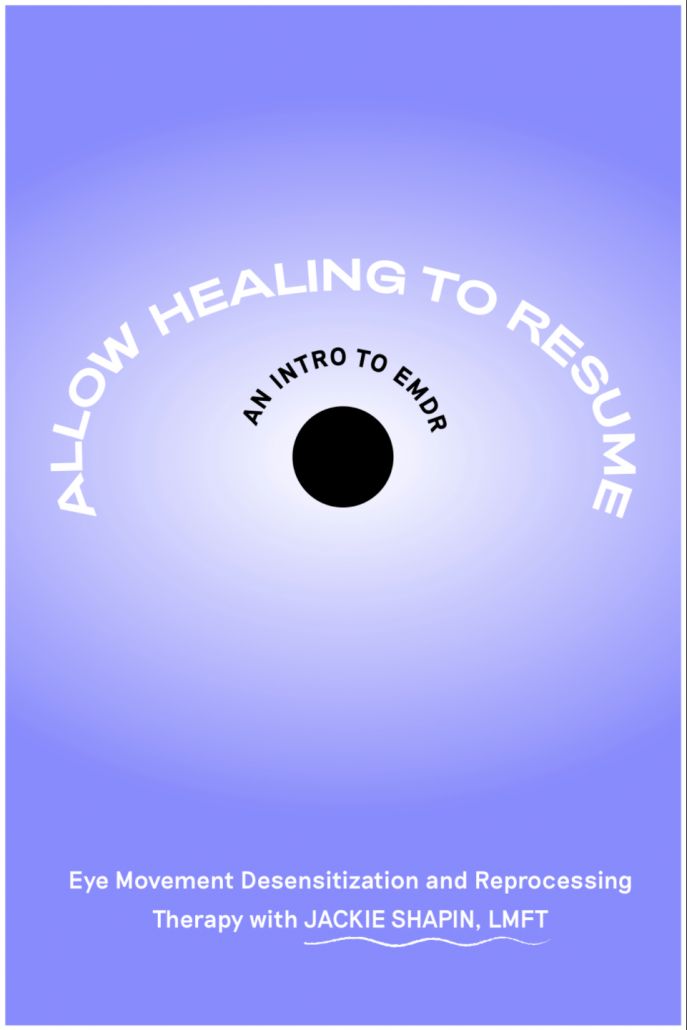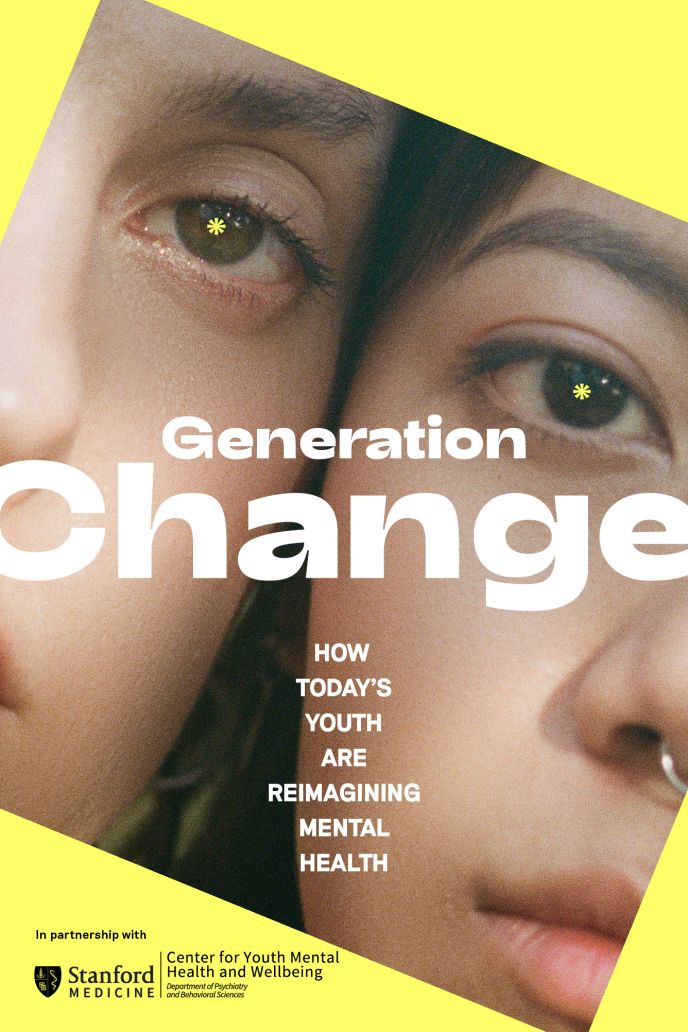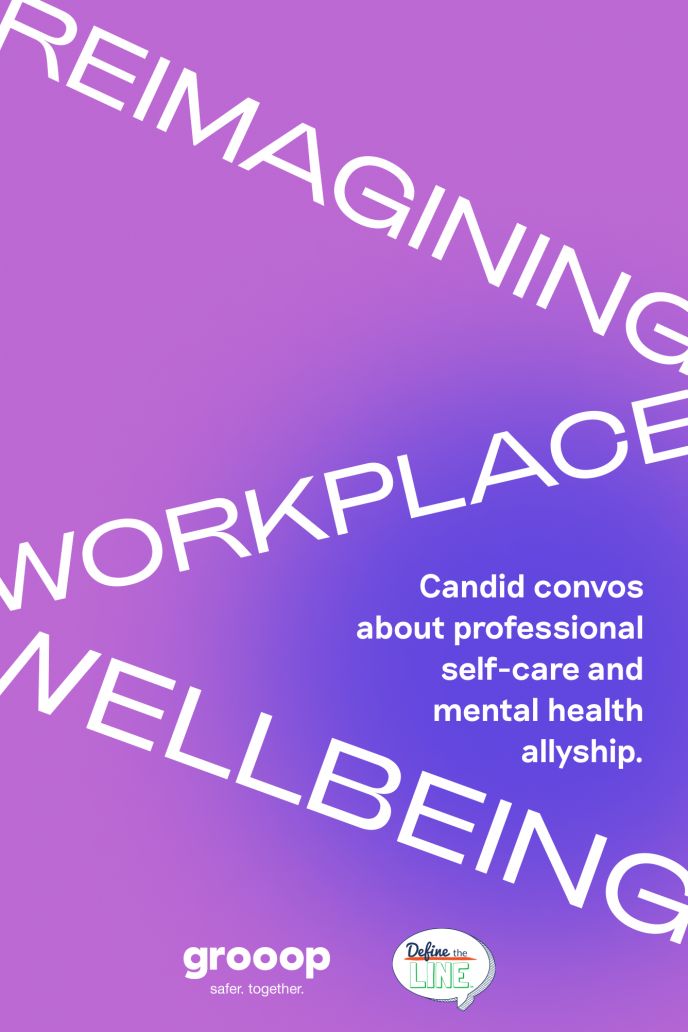Thoughts Are Thoughts, Not Threats
What does it mean when you have suicidal thoughts, but you don’t actually want to die?
Escrito por Simone
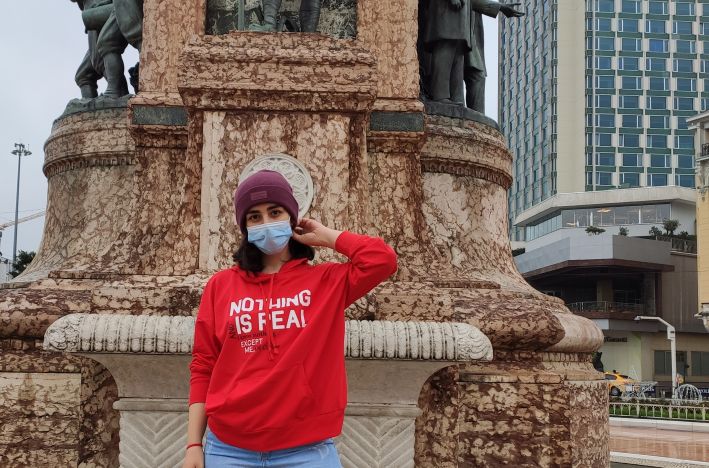
01 Since the age of sixteen, Simone silently struggled with Suicidal OCD. When she decided to open up to a psychiatrist, she was told that she might be hospitalized because of the content of her thoughts.
02 After years of performing compulsions and doing the wrong type of therapy, she finally found the help she needed. Now, she knows to face her fears head on.
I was sixteen, reading holy verses on a beautiful summer evening, when the thought popped up: what if I offended god?
I remember how much sudden anxiety I felt in my stomach. The “what if” was so loud that I began praying to suppress the offensive words in my mind. The temporary relief only lasted a few seconds, and it seemed that nothing could clear my mind. The more I prayed and asked god to forgive me, the more I felt uncomfortable and anxious. I suddenly became so obsessed with “sin” that my mind latched onto one of my biggest fears: suicide.
I started having intrusive thoughts like, “What if I lose my faith in god, offend him, and become so desperate that I kill myself?”
I was not depressed, nor did I want to die. But I could not stop ruminating about the intrusive thoughts, and even “suicide” became a frightening word. I couldn’t eat anything because my stomach would go round and round, like a washing machine. I was afraid to talk about the theme of my thoughts to my family since I did not want them to misunderstand me as suicidal. I hid the explanation of my thoughts under the umbrella of anxiety.
Eventually, I had no choice but to tell my psychiatrist what I was going through. A mixture of diagnosis and misdiagnosis happened, and he told me, “If you continue thinking about suicide, you need to get hospitalized.”
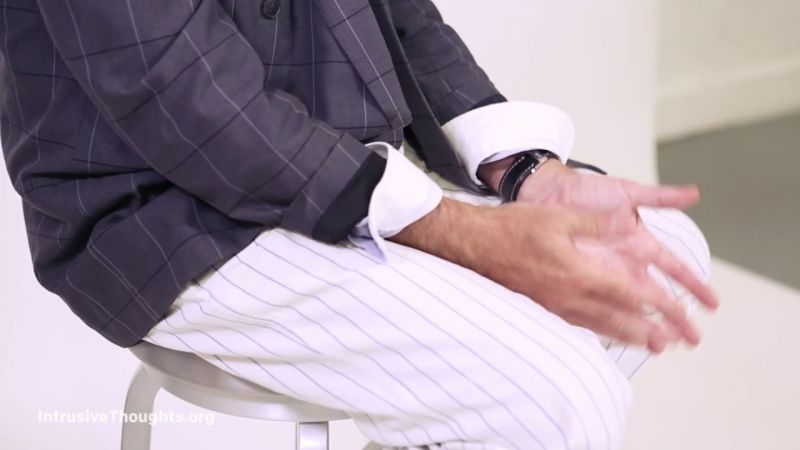
What is Suicidal OCD?
He then prescribed me OCD medication, and I practiced thought-stopping techniques during therapy sessions. At the time, the intrusive thoughts disappeared — maybe because of my fear of getting hospitalized. However, the suppression I practiced only pushed the thoughts back, and they returned even louder.
Although thought stopping as a cognitive behavioral technique was temporarily effective for me, it did not address the root cause of my fears and mental rituals. Experts now know that this technique does not work specifically for obsessive compulsive thinking.
Then, at the age of 22, a Google search about eye-related diseases made me develop somatic OCD. I became constantly aware of my eye and common eye floaters. I met with an Ophthalmologist for reassurance seeking. With the presence of this annoying awareness, my old fear popped up again: What if this awareness makes me so depressed that it leads me to kill myself?
I spent a whole year with this fear and anxiety. My somatic awareness gradually subsided, but my secondary fear, suicide, was still haunting me. Thought stopping techniques were completely useless by this time. I tried to find certainty and answers to OCD’s questions with judgement and analysis. My compulsions included:
- Monitoring my feelings toward the word “suicide”. I could not tolerate the word because of how heavy and terrible it was to even look at.
- Frowning whenever I accidentally looked at a window or kitchen knife, just to prove that I’m not considering doing anything harmful to myself.
- Praying to neutralize my thoughts.
- Putting my left hand on my right wrist to feel secure and protected from the sensation of losing control and impulsively cutting my vein.
- Walking carefully, close to the wall (on the street or at home), to feel secure and protected from the sensation of losing control and impulsively jumping in front of cars or off a balcony.
I did all of this for certainty, which I now know is impossible.
With OCD, we try to logically answer questions which are neither real, nor logical. Although we can have evidence that disproves our intrusive thoughts, we cannot believe reality, and we try to constantly analyze the situation by doing compulsive behaviors.
Luckily, I met a psychiatrist and psychologist who were both educated on OCD. I received medication and CBT therapy. This time, I was not taught techniques to stop my intrusive thoughts by saying a loud “STOP” in my brain. Instead, I was exposed to my fears, and I could say the “S-word” without crying and feeling anxious.
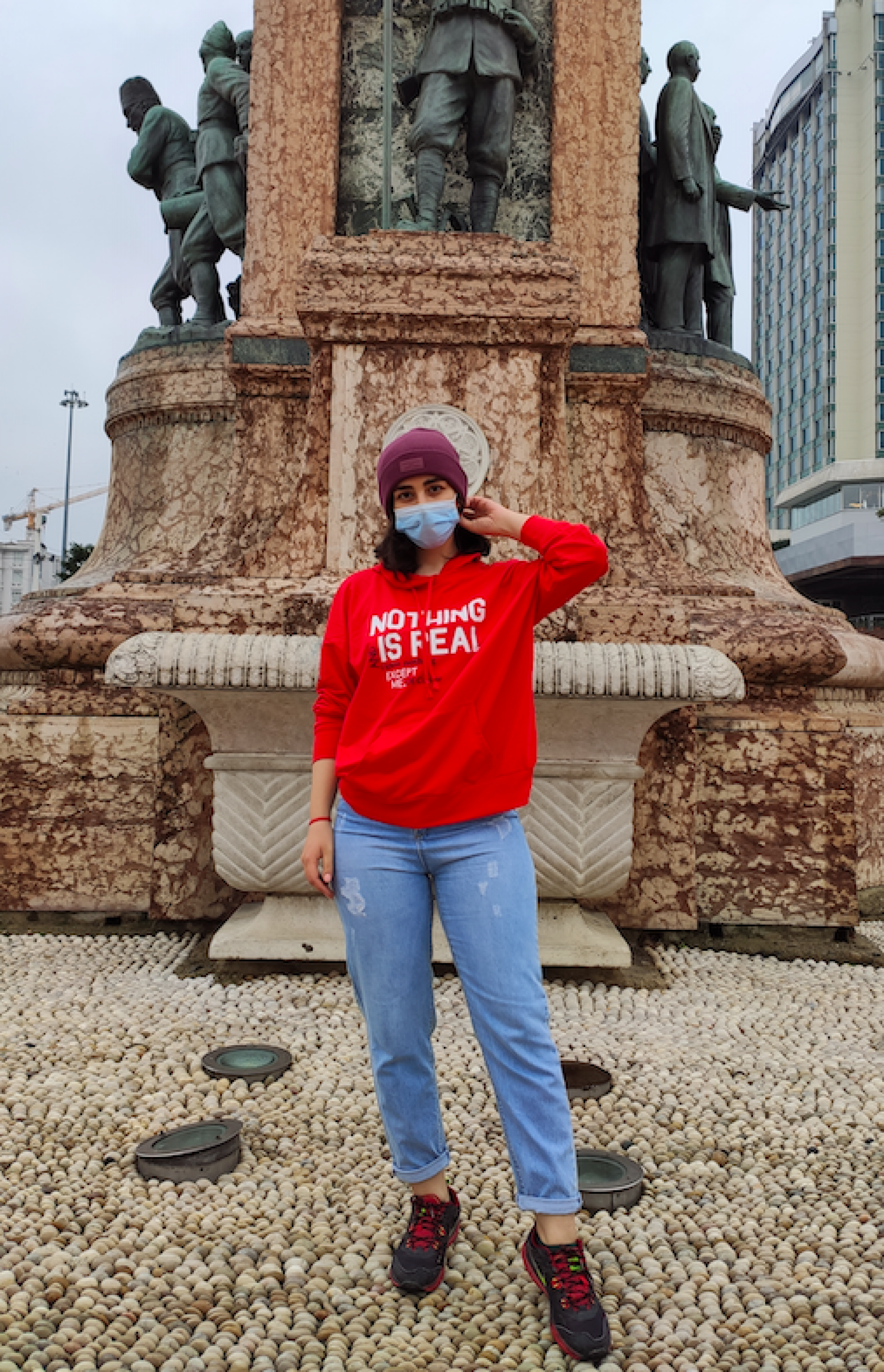
I learned I am a combination of three separate entities: my brain, my mind and me.
My brain is a thought generator machine, and my mind is its processor. The mind receives the thoughts from the brain and acts on it in various ways. It filters the thoughts, promotes them, rejects them, or adds color and meaning to them. “I” am simply “me” watching my mind processing its regular data. Being observant is a very pleasant method for me.
I know that high-profile suicide news can be tremendously triggering for people experiencing suicidal OCD. For me, a great portion of my fear was related to having less knowledge about it, and considering it as taboo. As I was exposed to it by talking about it and acknowledging it, I felt more comfortable and bigger than my fears.
I still experience lapses, especially during major life changes because of the chronic nature of OCD. But I am often able to say hello to it, and continue my activities with joy. After years of doing the right kind of treatment, I can finally see the strength in facing my fears.
Apoya nuestro trabajo
Nuestra misión es cambiar la manera en que el mundo percibe la salud mental.
